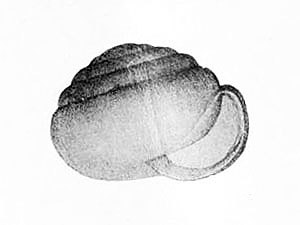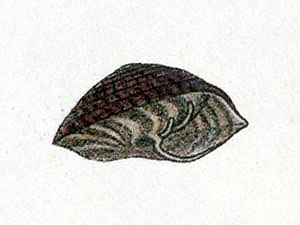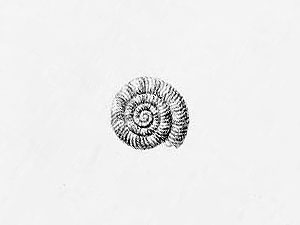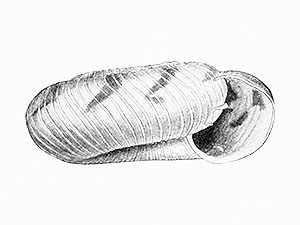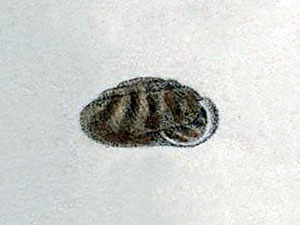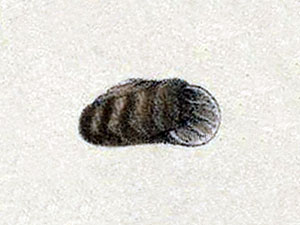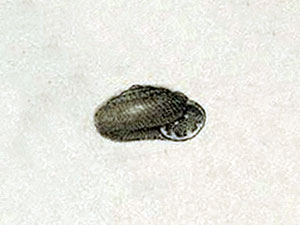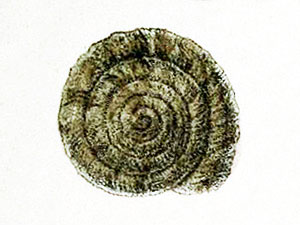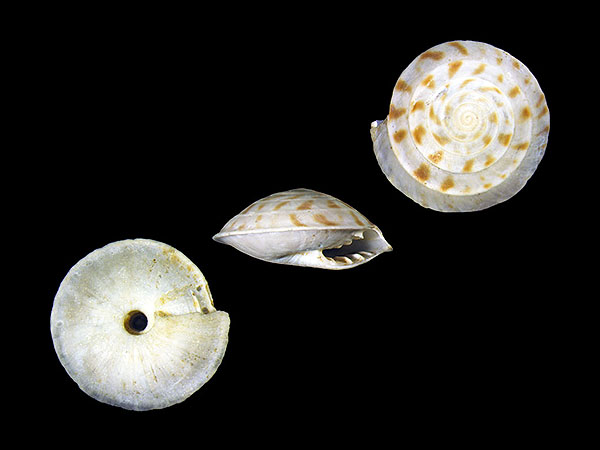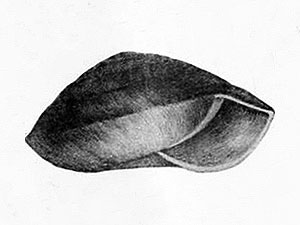Cooke’s Orangia Snail (Orangia cookei ssp. cookei)
The genus Orangia contains three species, of which one again, is split into three subspecies; all are endemic to the island of Rapa, Austral Islands; and all were described together in 1976. [1]
***
Cooke’s Orangia Snail is thought to consists of three subspecies, besides the nominate race these are, the Montane Orangia Snail (Orangia cookei ssp. montana Solem), and the Mt. Tautautu Orangia Snail (Orangia cookei ssp. tautautuensis Solem).
The nominate race is (or rather was) restricted to the vicinity of Mt. Orangi, Mt. Tanga, and Mt. Tepiahu.
The shells reach sizes of about 0,33 to 0,45 cm in diameter. [1]
***
The Montane Orangia Snail appears to be the sole survivor of its genus, it is the only species that was found during recent field work. [2]
*********************
References:
[1] A. Solem: Endodontoid land snails from Pacific Islands (Mollusca: Pulmonata: Sigmurethra). Part I, Family Endodontidae. Field Museum of Natural History Chicago, Illinois 1976
[2] Olivier Gargominy; Benoît Fontaine: A Global Overview of the Terrestrial and Freshwater Molluscs. In: Jean-Yves Meyer; Elin. M. Claridge: Biodiversity of the Austral Islands, French Polynesia. Muséum national d´Histoire naturelle, Paris. 55-91. 2014
*********************
edited: 18.03.2017


